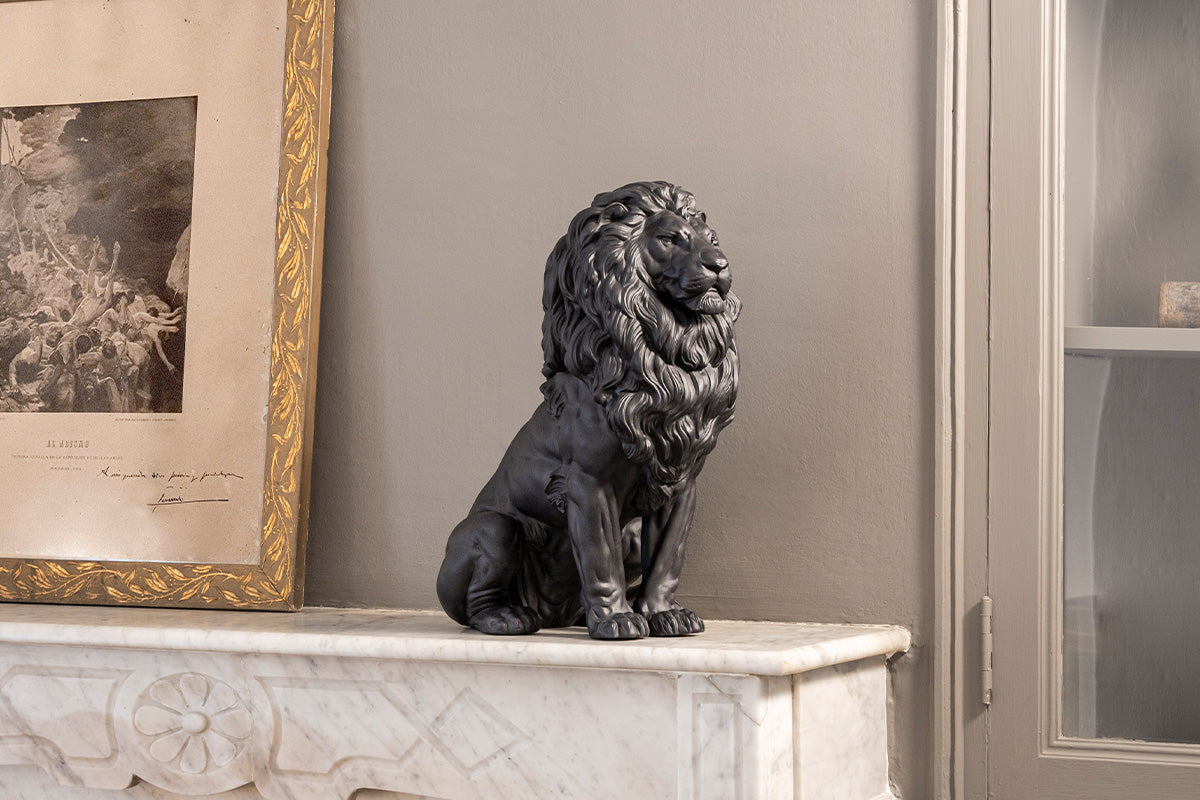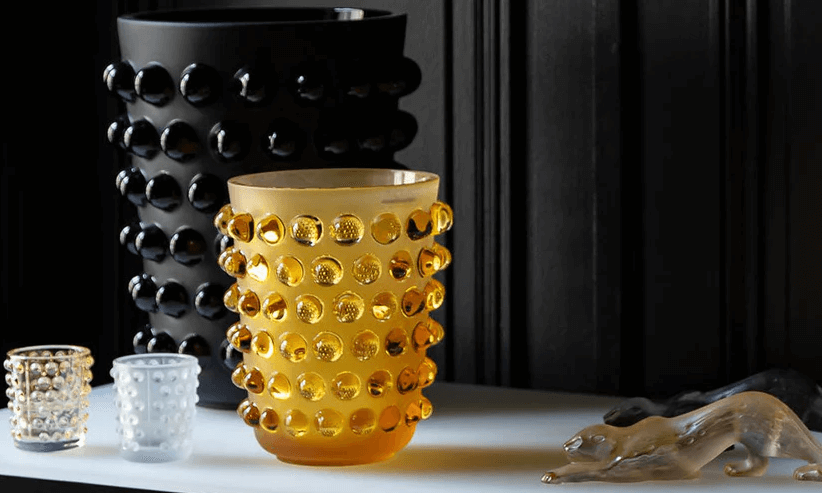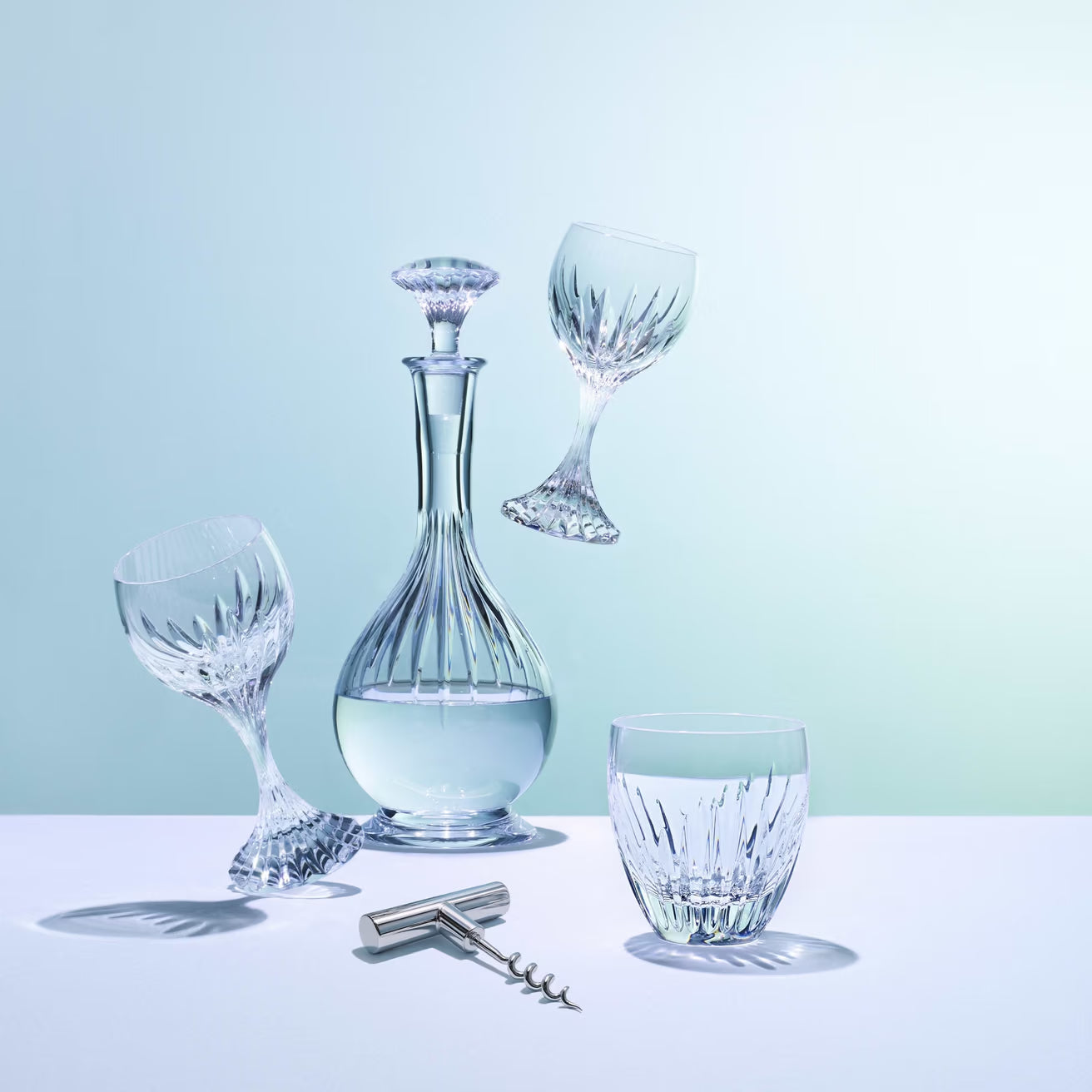A Royal Steed: The Andalusian Horse and Its Iconic Saddle
Tagged with:Art and Design
Share

An elegant dappled Andalusian pony practices for a dressage show in Málaga, Spain. Credit: Get your Guide
The strong but graceful Spanish Pure Breed, or Andalusian horse, has been ridden by kings and queens in Game of Thrones, carried warrior heroes in epic movies like Braveheart and Gladiator, and even starred in its own award-winning Mario Dirkx film; Horse of Kings, Thief of Hearts. Is it any wonder then, that the stunning breed and its unique style have become a proud icon of Spanish equestrian culture?
Lladró’s Horse on Pirouette and Courbette bookends feature horses with distinctive baroque saddles in unique Spanish dressage poses.
Horses and equestrianism have played an important role in Spanish culture for hundreds of years, with wild horses even featuring in cave paintings found in the Iberian region. The country now boasts over 50,000 equestrian sports licences and 10,000 national and international competitions per year, and is the number one country in the world for endurance riders. An important part of this love for equestrian culture is the iconic Andalusian horse and its distinctive riding saddle which has become a symbol of cultural pride for the Spanish people.
The Spanish or Española saddle is a distinctive style of riding saddle that was designed specifically for use with the Andalusian horse. The saddle is much wider and deeper seated than the traditional English or Western saddles that many riders use today, and evolved from the earlier Vaquera saddle used by Spanish herders and graziers, or Vaqueros. It gives the rider a position that is not only better for traditional dressage, but also gives stability that allows them to perform moves unique to Spanish dressage, such as pirouette and courbette, and of course the Spanish step. It is known by many names, such as the Iberian, Potrero, Alta Escuela, or Baroque saddle, the last of which gets its name from the ornate patterns which often decorate the saddles. These patterns feature lavish floral designs and dramatic abstract swirls embossed into the saddle in the repujado style, and it is these details that give the saddles a sense of baroque-era opulence.

The emblematic Manton de Manila is worn by Flamenco dancers like the Flamenco Soul woman figurine.
The use of these dramatic patterns comes from a time when the Andalusian horse was most commonly associated with Spanish royalty and aristocracy. The horses’ elegant appearance, lofty stature, and unique breeding made them an obvious choice for the use of the royal family, and they were so prized by wealthy Spaniards that they were often known as ‘mobile thrones’. In fact, they were so highly valued that they would be given as gifts to other royal houses as a show of Spain’s power and wealth. The ornate baroque style patterns on their unique saddles only added to the noble feeling of these horses, making them seem even more mystical and majestic.
See how Lladró captures movement in sculpture
The Spanish saddle is also not complete without the inclusion of a Manta Estibera. The manta is a woollen or cotton shawl which is draped over the horse’s back in front of the saddle, and attached to the saddle with two leather straps. It was designed originally for use by Vaqueros and could be wrapped around their shoulders for extra warmth, or used to carry the things that would be needed for a long day on the pasture, like their meals for the day. Now, however, the shawl is mostly used for decoration. The patterns that adorn the fabric are often designed to match the pattern of the saddle cloth or those of the saddle itself. This complementary decoration further adds to the regal presentation of the Andalusian, highlighting why it is so favoured by royalty and nobility.
Lladró’s limited edition Spanish Pure Breed sculpture.
The Manta Estibera also played a part in reimagining the design of the iconic Manton de Manila, or Manila shawl. The shawl is one of the most important elements of traditional Spanish dress and is worn by Spanish women to important events as well as for daily use. It is also worn by many Flamenco dancers, like the Andalusian woman depicted in Lladró’s Flamenco Soul figurine. When the shawl was first brought to Spain from the Philippines, its design was heavily inspired by its Chinese origins, but as the Spanish people began to produce their own variation of the scarf, it needed to have a more Spanish feel. The bold florals and long fringe that are now synonymous with the Manila shawl were already commonly seen on the Manta Estibera and were an obvious source of inspiration for Spanish designers.
The anatomically accurate sculpture captures the breed’s strength and elegance perfectly.
It is easy to see why the Andalusian horse and its unique saddle style are so important to the history and culture of Spain. Lladró’s limited edition Spanish Pure Breed sculpture beautifully portrays the elegance and nobility of this prestigious breed and its unique saddle style. The sculpture is inspired by the horses of the Royal Andalusian School of Equestrian Art and showcases the breed’s elegant stature and muscular anatomy. Its saddle, blanket, and halter are decorated in rich blue hues, with ornate baroque style patterns complemented by exquisite 24kt gold lustre.
The piece features rich blue hues and 24kt gold lustre on the saddle, bridle, and blankets.
If you enjoyed this article read:
- Unapologetic Frida Kahlo: The woman who defined herself
- Aztec Dance: An important Mexican culture reimagined by Lladro
- The Arabian Purebreed Horse: The embodiment of intelligence and endurance
- Equine Locomotion - Artistry of Horse Movement







